One of the persistent truths about our travels is that so many places around the USA are surprisingly great. We visited Sheboygan on this trip for two principal reasons: 1) there is a highly-rated lakefront state park close to town, and 2) saying “Sheboygan” is very fun indeed. So our expectations for sightseeing in town were fairly modest. Needless to say, I was not anticipating that we would have one of our most engaging contemporary art experiences in years in this small city along the Wisconsin coast.
Foundation-Driven Art
Kohler is one of the biggest names in town, and the name of John Michael Kohler (entrepreneur, mayor, visionary) graces numerous sites in this city of just 50,000 people (120,000 in the MSA). One of the most interesting is the John Michael Kohler Arts Center, a centrally-located institution bringing the arts into the community. The Arts Center has exhibition space with rotating exhibits of contemporary art, including some space reclaimed from the 19th century home of JMK himself, as well as studio space for artists in residence, a resource library of art books for community residents, numerous special events and courses offered throughout the year, and a very appealing cafe and bookshop. On top of all that, visiting the exhibits is free to the public.
We spent a lovely morning exploring the current exhibits, which covered a variety of media and topics. My favorite thing about this museum is that each exhibit was prefaced with a useful blurb explaining what it was about — so instead of wondering about those strange horse-like figures we knew they represented the Buraq on which the prophet Muhammad traveled. My biggest challenge with contemporary art is complete bewilderment, and the helpful descriptions at the Kohler Arts Center made me feel like I sort of understood what I was looking at. Woohoo! Our favorite exhibits were a piece imagining the archival records of a future time-traveling religion (it makes more sense in person) and some incredibly evocative anthropomorphized ceramic jugs. Honorable mention goes to a fascinating retrospective of works from Creative Growth Arts Center, an Oakland community center that has been offering opportunities for people with disabilities to make art since 1974.
Outsider Art
The following day we visited the JMK Art Preserve on the outskirts of town. Even starting out with much higher expectations based on our enjoyable visit to the downtown center, we were still completely blown away by the experience. The Art Preserve focuses on folk art created by individuals driven by a creative urge rather than commercial concerns, and in many cases the foundation has acquired virtually the entire life’s work of these artists because individual pieces were never available for sale. A few of the artists turned their projects into minor curiosity shows or small amusement parks, but for the most part these were people whose drive to populate their homes and yards with homemade artworks made them known as the wacky neighbors up the street.
What makes visiting the Art Preserve so remarkable is the sheer volume of works. A few of these pieces in a museum would be an interesting diversion; seeing hundreds of one artist’s works together is an overwhelming and immersive experience. The Art Preserve leans hard into the idea that art can be made in any medium, and by people with no formal training. But the collection also includes objects from notable, formally-trained artists, like the personal collection of found art from the apartment of Art Institute of Chicago instructor Ray Yoshida and the living room accoutrements of Stella Waitzkin, who made thousands of resin sculptures of books.
The Art Preserve inhabits a stunning, purpose built facility that showcases many of the collections in spaces that resemble the artists’ homes or workshops. There are clever storage and stacking systems that allow different works from the massive collections to be shown at different times. The well-crafted explanatory blurbs really shed light on the artists’ lives and motivations. And there are also interesting descriptions of the process of conserving artworks made from unusual, non-archival materials. Even the bathrooms are incredible artist-made spaces. My photos really do not do justice to the remarkable environment of the building and its contents, because the 360-degree immersion is key to the experience. The Art Preserve further encourages visitors to engage with the works by providing maps that double as journals for jotting down responses, folding stools placed throughout the museum to facilitate longer contemplation, and numerous digital displays for seeing works not on display and photos of the works in their original setting. It’s truly one of the most memorable and engaging art museums we’ve seen.
We also made a quick stop at the James Tellen Woodland Sculpture Garden, another site conserved by the JMK Arts Center. A furniture worker by trade, Tellen created a number of cement sculptures around his family’s Sheboygan summer cottage in the years between 1942 and 1957. Seeing the series of of whimsical cement works in the original wooded setting was a nice complement to all the works we saw collected at the Arts Preserve.
The Art of Plumbing
Stay with me, people! All the Kohler-named facilities in town trace their roots back to the iconic plumbing fixtures company which has over 35,000 employees worldwide but is still based here in Sheboygan. We were excited to take one of the free tours of the Kohler Co. manufacturing facilities, which are offered on Mondays and Wednesdays, to find out where The Bold Look of Kohler comes from. The tour runs over two hours and includes visits to the cast iron foundry where sinks and bathtubs are made, the brass works where simple tubes are turned into fancy faucets, and the pottery where vitreous china products (mostly sinks, toilets, and urinals) are made. I was pretty surprised at how close visitors can get to incredibly dangerous things like molten iron and high temperature kilns, but I guess that’s what the waiver was for. As usual, no photos were allowed on the tour itself, though we did take plenty of pics at the design center where the tour begins and ends.
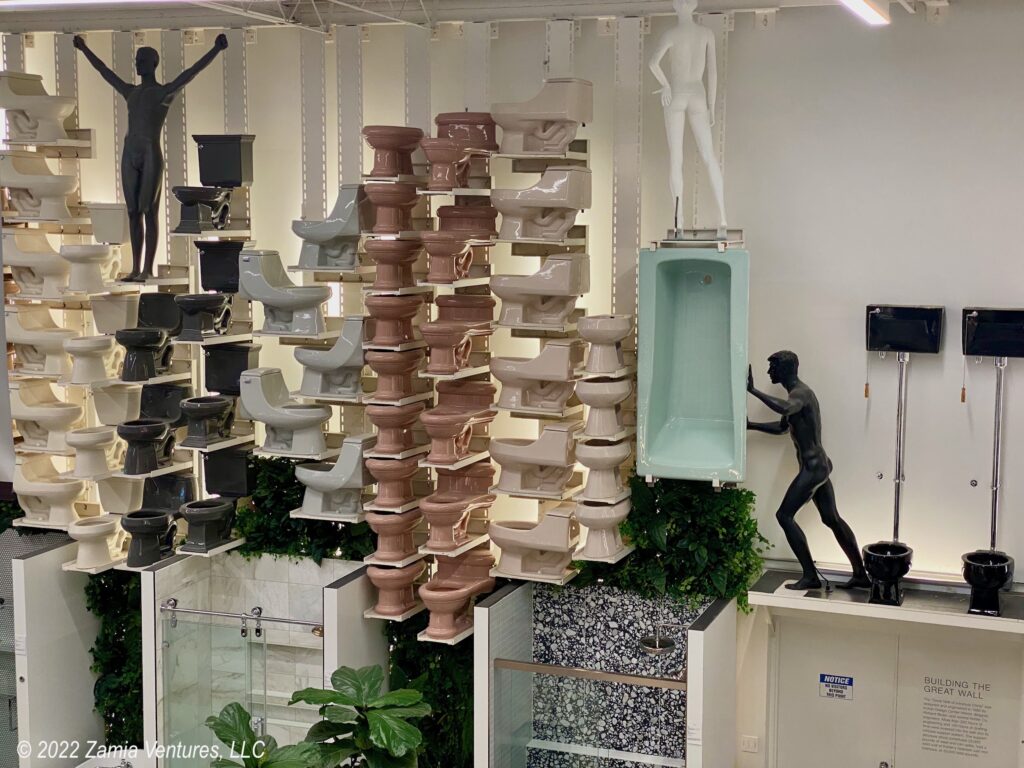
Some things we learned:
- The Village of Kohler where the factories are located is the polar opposite of the dismal factory towns we’ve seen around some mines and mills. The impressive “American Club” offered single men high quality dormitory lodgings complete with three meals a day and amenities like barbers, laundry, and regular musical performances. (Today it operates as a high end resort hotel.) Families that wanted to live in the small homes in the planned community around the factory could purchase their homes at cost with credit extended by the company on generous terms. And all the residents enjoyed elegant avenues and parks designed by the Olmsted brothers (designers of Central Park). Members of management were discouraged from running for public office to ensure that workers were represented in town leadership.
- The innovative Arts/Industry program brings in a set of four visiting artists every 90 days to make art using the same techniques used on the manufacturing side. Other than making it through a competitive application process, the only requirement is that the artists donate at least two pieces: one to the Kohler Company and one to the John Michael Kohler Arts Center. The Kohler campus is absolutely brimming with pieces of artwork that have been made over the years by these artists in residence.
- Making Kohler products is extremely labor-intensive. Only the very standard products like white bathtubs run on automated lines. Unusual colors and shapes of cast iron are manually ground and hand-enameled by guys wearing fire retardant gear. Over at the pottery, after coming out of the mold, every piece of pottery is shaped by hand to eliminate imperfections from the mold. No wonder it all ends up being so expensive.
- The company is very focused on sustainability. The cast iron products that form the core business are made up of over 80% recycled materials (scrap iron). The company’s WasteLab team works to eliminate factory waste through creative repurposing. For example, broken ceramics and excess glaze are used to make very cool (and expensive) specialty tiles. What makes the process interesting is that it is driven by the need to use up factory waste and not by the desire to simply cater to market tastes. This is exactly the sort of engineering focus that’s needed to reduce the amount of trash in the world.
All that being said, this is a corporate-sponsored tour of a private, family-owned company, and our tour guide was a 40 year company veteran. It was, unsurprisingly, very pro-company and selective in what was covered. So we were left with some questions:
- Some of the guys working in the factory were attired in gym shorts and NO SHIRTS. Is OSHA not a thing here?
- The Bold Look of Kohler slogan debuted in the 1960s when Kohler introduced a number of new and exciting colors for bathroom and kitchen fixtures. How on earth did Harvest Gold and Avocado become so popular when there were so many other great colors in the bunch?
- Finally, how did a company that became famous for cutting edge interior design spring up in a place known for agriculture? It’s not exactly a straight line from making cast iron farm implements to having your products displayed at MoMa, and the Kohler tour left me just as mystified as before. Still, it was great to see American manufacturing in action.
Bookworm Gardens
Where there’s a botanical garden, we will visit it. Even if it’s aimed at an audience that is slightly younger than us. I was intrigued by the idea of a botanical garden inspired by children’s literature, and Bookworm Gardens on the UW campus did not disappoint. Although small in size at only about 3.5 acres, this place packs in a huge amount of interesting material. The plants are gorgeous and lush, and are chosen to be especially fun for kids. There is an area planted entirely with plants named after animals (Lamb’s Ear, etc.) and a different garden full of plants that kids are invited to touch and smell (inspired by A Girl Named Helen Keller). The space is also absolutely packed with sculptures and structures drawn from children’s literature, many of them made at a scale that invites children to explore them. A “farm” area has vegetable gardens and live chickens along with art relating to Peter Rabbit and other farm-themed literature.
I appreciated that this garden engages kids on every level. It inspires creativity and imagination with loads of interactive exhibits, while introducing them to art and to the natural world. Sure, we were four or five decades older than the target demographic, but this garden still delighted us.
Food and Drink
There is so much to love about Sheboygan’s 3 Sheeps Brewing. First, they agree with me that plural nouns should end in S. Second, they have an ultracool industrial taproom that makes for a great visitor experience. Third and foremost, every single beer we tried was an absolute home run. From the light, crisp pils to the rich dark Wolf imperial stout, this place is obviously a master of the brewing craft.
On Saturday we stopped by the farmer’s market downtown, which was significantly smaller and less crowded than the one in Madison. Still, we scored a dozen organic eggs from happy cage-free hens for $4 (!!!) along with some beautiful produce. We also visited the Johnsonville Marketplace at the headquarters of Johnsonville brats about 10 miles west of town. I was a little disappointed that they don’t offer factory tours because, contrary to the conventional wisdom, I do actually want to see how the sausage is made. I consoled myself by buying several pounds of different types of sausages.
Where We Stayed
We were so busy with all the activities in town that we barely had time to enjoy our time at the marvelous Kohler-Andrae State Park. This large and popular state park has miles of trails, an informative nature center, and frequent ranger programs in the summer. We particularly enjoyed walking the “cord trail” through the dunes with its spectacular views of Lake Michigan.
When we booked our site, we found that sites along the three inner loops tended to be short, unlevel, or dry camping only. So we ended up booking a roadside pull-through along the main park road. While it was a little annoying having people walk/bike/drive by frequently, the site was long and level and came with an absolutely enormous wooded sitting area, making it an enjoyable spot overall. Plus the campground had a very serviceable camper laundry facility, which we took advantage of on our last day.
Miscellaneous Thoughts
Way back when we originally booked this trip — Wisconsin state parks take reservations 11 months in advance — I had hoped to use this stop as a base for visiting two iconic Milwaukee manufacturers: Harley Davidson and Miller Brewing. Unfortunately neither has resumed tours post-pandemic. (Harley’s website indicates they will resume in 2023.) It just gives us a reason to visit this area again in the future.
The one really surprising thing to us was the physical appearance of Sheboygan. While being home to a huge number of cutting edge, innovative, artsy, maker-oriented institutions, Sheboygan looks completely conventional. Mile after mile of modest salt box, bungalow, and ranch homes sit on tidy little lots with corner delis, public parks, and schools sprinkled throughhout. Take the modern cars off the street and you could easily be convinced you are inside the opening credits of some classic 1970s TV. And a quick visit to realtor.com indicates most of these homes can be purchased for under $200,000! Have we entered a time warp? Regardless of the reason, Sheboygan really impressed us as a livable city with great amenities. At least in the summer.
Next: We head to Titletown, USA (Green Bay).
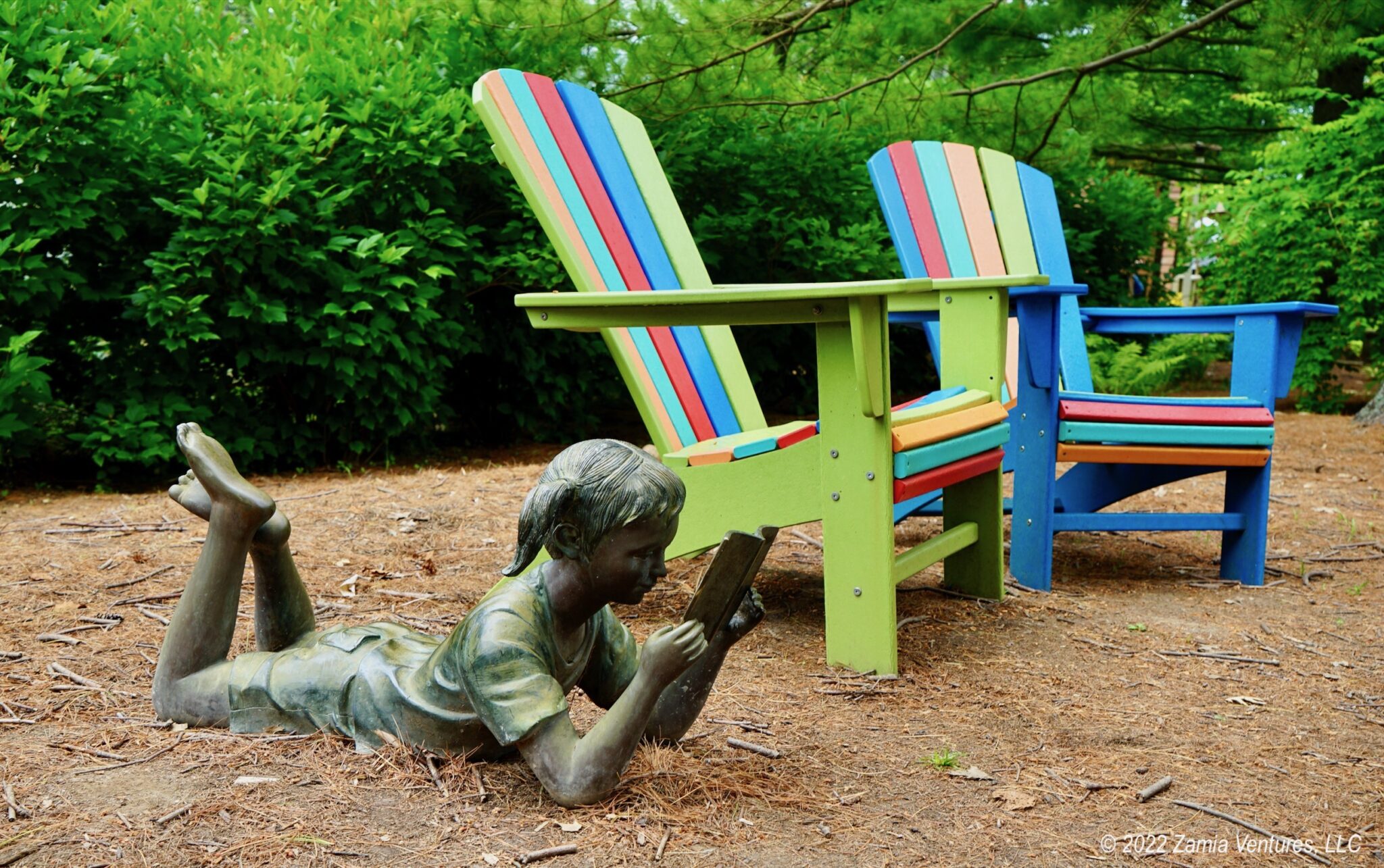
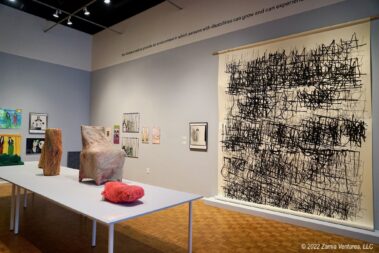
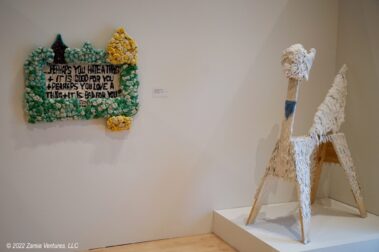
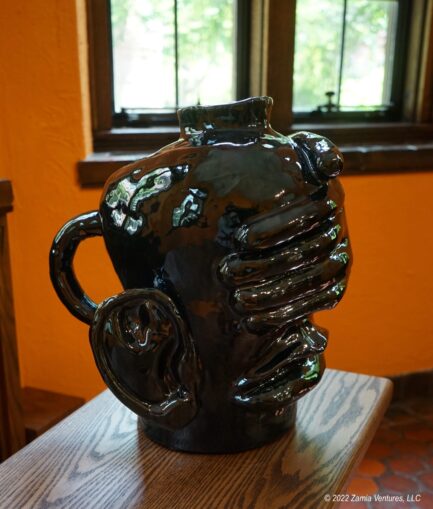
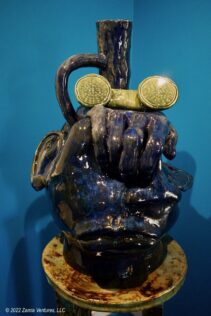
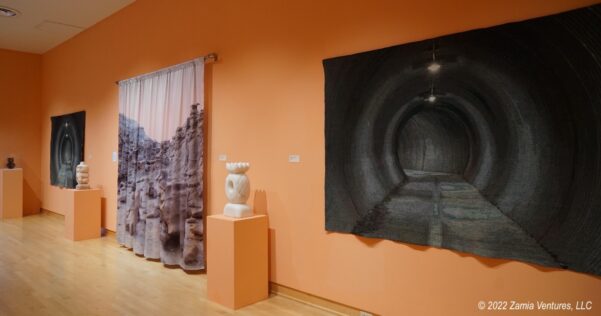
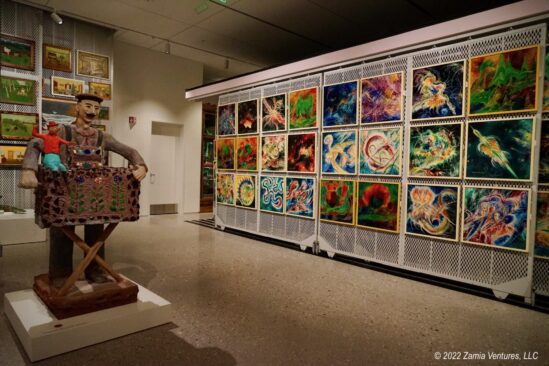
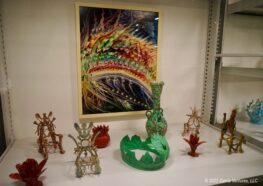
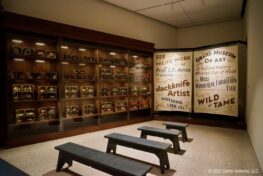
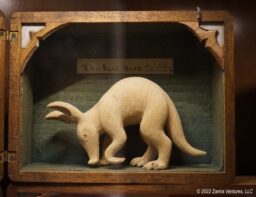
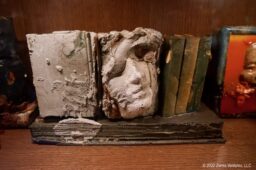
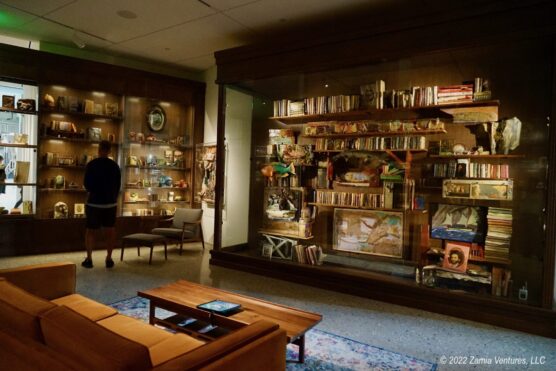
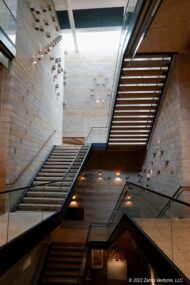
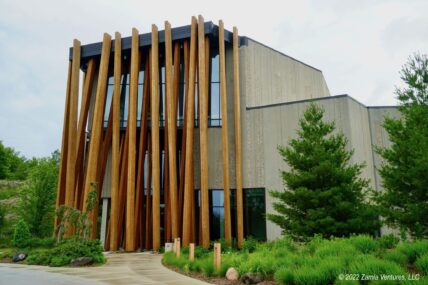
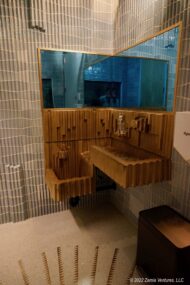
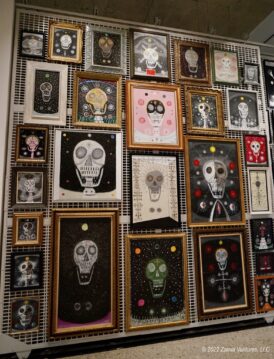
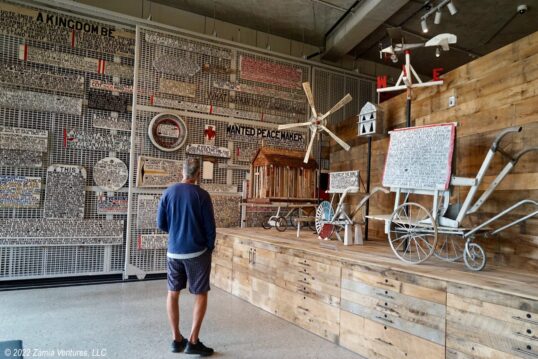
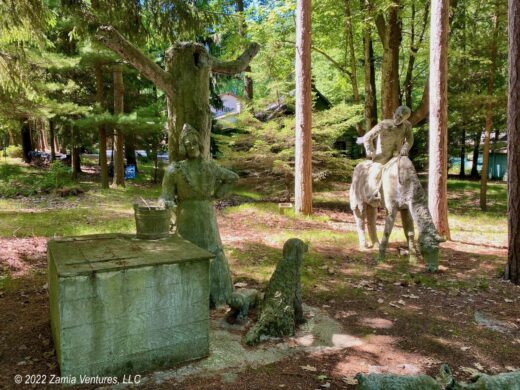
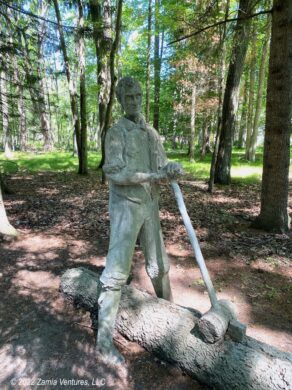
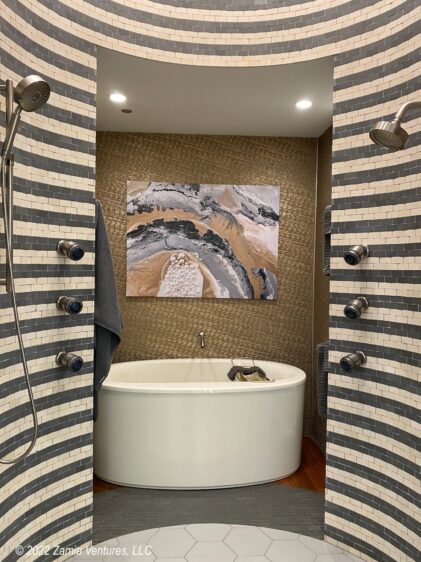
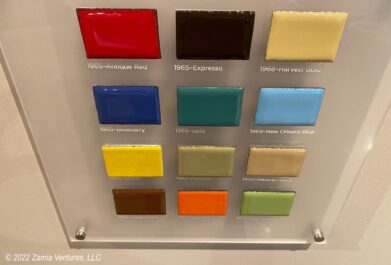
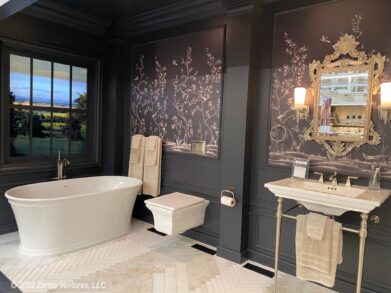
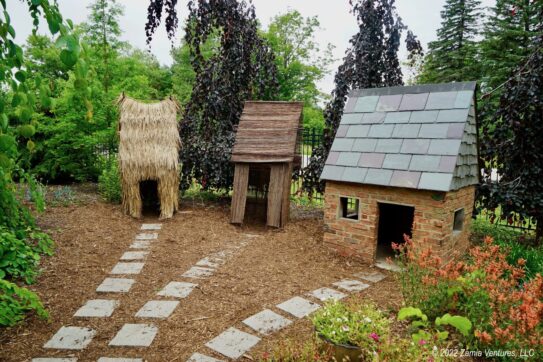
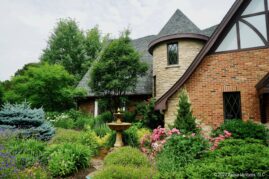
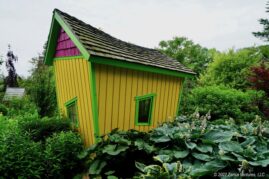
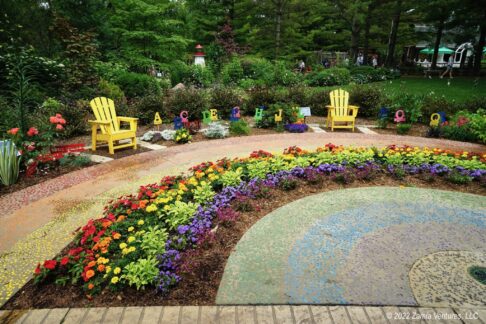

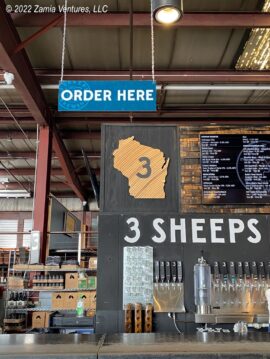
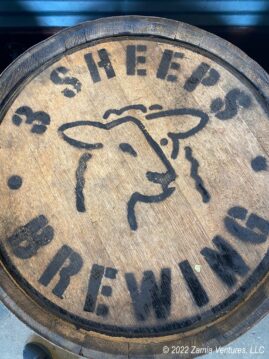
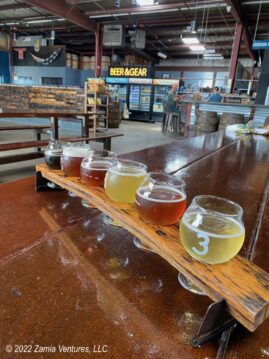
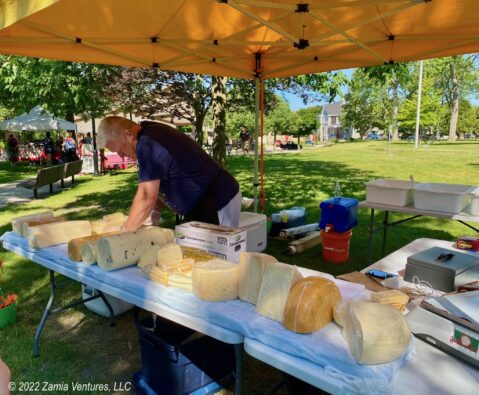
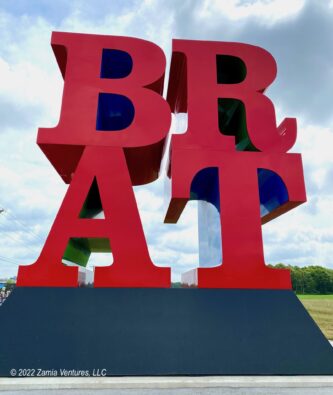
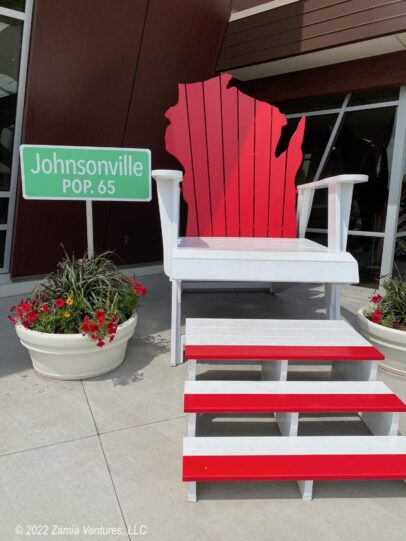
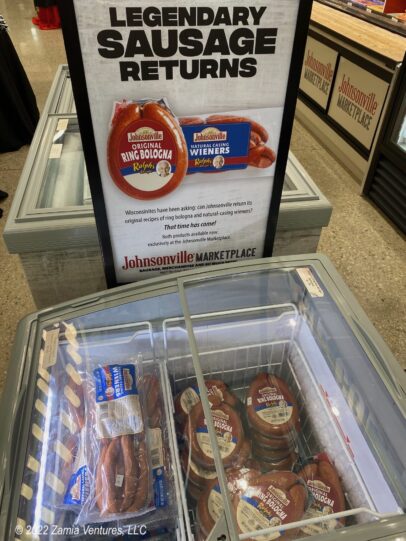
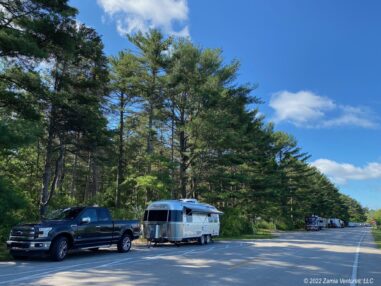
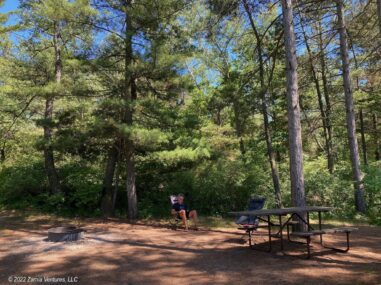
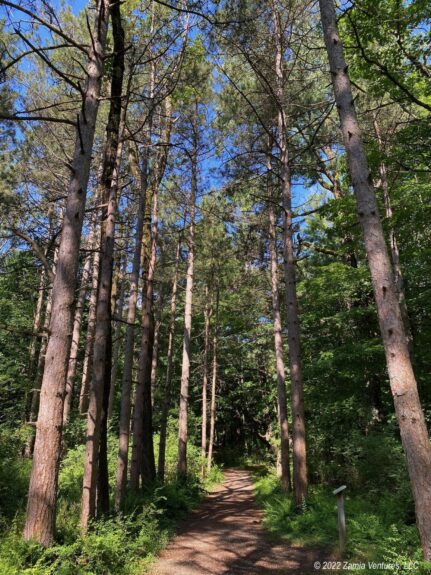
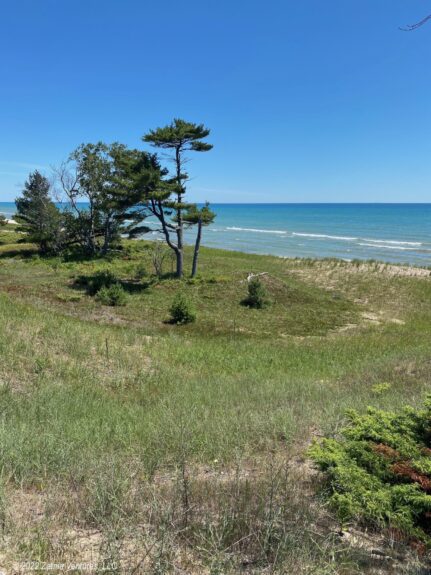
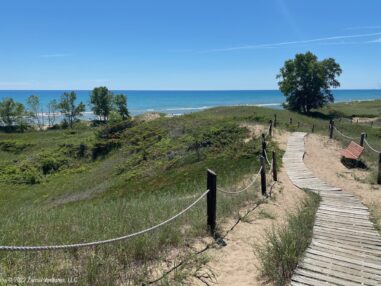
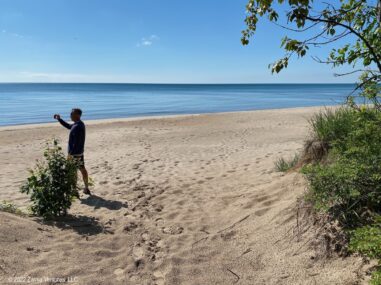
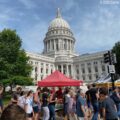
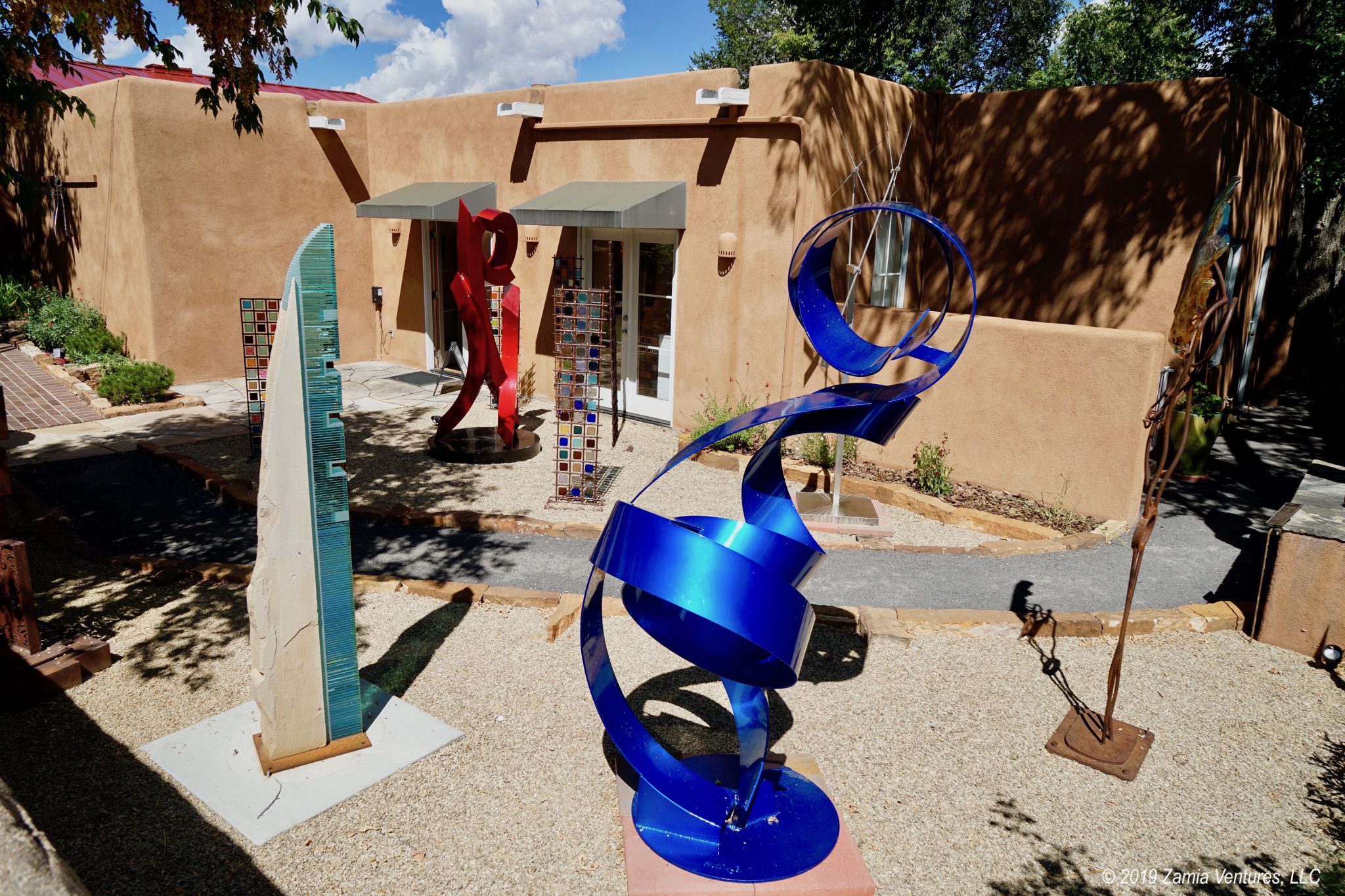
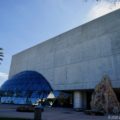
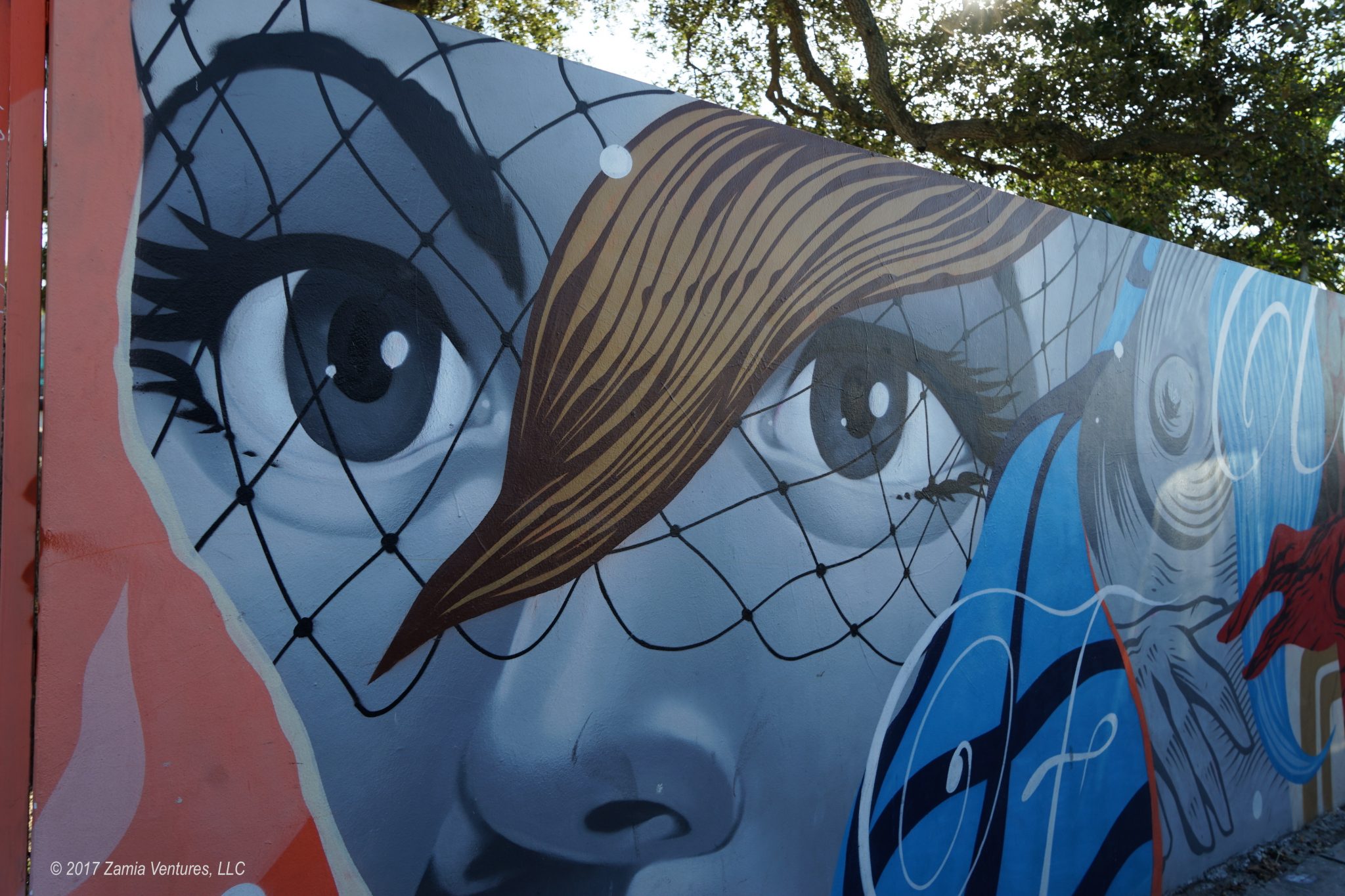
Sheboygan! Who knew? I loved this post!
I planned the trip, and even I was surprised! I love these sorts of discoveries.
You said: “My biggest challenge with contemporary art is complete bewilderment”, and I thought “Me Too!!!” And then you showed a wall made of toilets and I thought: “See???? This is what we’re talking about!!!”
Art is weird….
This is definitely a cool town and not just because I love saying “Sheboygan.” Your visit very much reminds me of our visit to Corning, New York where we got to see plenty of beautiful artwork while also learning about the history of a major manufacturer of products we use all the time. That’s a great combination.
And the beer looks pretty tasty too!
I can’t tell you how much we appreciated the signs at the Kohler art museums. We’ve been to plenty of contemporary art museums where the signage is totally unhelpful – like, the piece is a collage of photos of rivers, and the sign says it’s a “commentary on colonialism.” What?? The Kohler signs were written for lay people like us. Here’s part of the blurb on the artist with the entire walls of resin books:
“She primarily cast old leather-bound books as colorful single objects and as elements of larger installations that filled her rooms. The title she gave her environment, Details of a Lost Library, is a double entendre hinting at the lost-wax casting technique where something once solid simply melts away to leave only a shell of itself and referencing the original books’ content — stories, scriptures, poems, etc. — that have disappeared. At the time of her death, in 2003, the entire interior of her apartment was filled with unreadable cast books, metaphors for intellectual freedom.”
See, it’s not so hard to just say it in small words! Sadly there was no such commentary on the toilet wall, though I suppose its meaning is fairly clear: buy one of our toilets! Corning is definitely on our wish list of future destinations, for exactly the reasons you mention.
Now I am REALLY excited about our upcoming visit to Sheboygan! Which will be tomorrow, LOL. I had most of these places on our list, but you’ve given me so much great background information and you’ve helped me plan our itinerary. You are an inspiring docent for every place you visit.
I think you know that I have a fondness for folk art. And an artistic wall of toilets? How cool is that? Although I suspect I like contemporary art more than you do (from what you’ve told me) I’ll appreciate having some background information about the message the artist is trying to convey. Honestly, there are many times I wonder what the inspiration is behind a painting or sculpture, modern or not.
After reading your post, I’m thinking we won’t have nearly enough time in Sheboygan, given that we’re going to be 20 miles outside of the city. And that is because I did not realize Wisconsin state parks book 11 months ahead. 🙁
P.S. Avocado and Harvest Gold were ugly then, and they’re ugly now. Who made those decisions?? And Robert Indiana did a BRAT sculpture? LOL. And of course you want to see how the sausage is made. And you would make it into a fascinating post.
I think Sheboygan is going to be right up your alley, particularly the two Kohler Arts Center exhibit spaces. And you won’t have too much trouble getting around town, either. We found Sheboygan to be very easy to navigate, with little traffic and ample free parking. The state park is 8 or 10 miles outside of the downtown core and we were never bothered by the “commute.”
I think we like breweries slightly more than you guys 🙂 but I think you would really enjoy 3 Sheeps. There is a nice tented patio area outside the garage doors (it’s very industrial) for a perfect afternoon visit even if it’s warm, and you would love the hazy IPA (Chaos Pattern) among others. Add that to your already full list!
I dunno. If you have to have art explained in order to enjoy it, can you really enjoy it? It’s just all so very fraught. I raise my eyebrow at any artist who creates the same thing over and over and over. Is that not, well, uh, unhealthy somehow? Ok, so, here’s something speaking of toilets that I’ve never understood. I know WHY the bottom part is squiggly, but what I don’t get is why do they make the porcelain covering squiggly?! Why don’t they make the outside of the base smooth, which not only looks a million times better, but is also a million times easier to clean? Toilets are the mullets of plumbing fixtures.
I’m pretty sure I’ll need to have all those plants named for animals in my garden. That’s good stuff right there.
I am with you in suspecting that some of the extremely prolific folk artists have some mental health quirks that contribute to their output and repetition. Actually at least one of the artists collected at Art Preserve is explicitly making art to deal with his PTSD, but he’s still alive so able to be diagnosed. Others we can only guess about.
I think the answer to your question about toilet shapes is that the manufacturers are keeping the thickness of the porcelain constant for structural reasons and maybe also to save material. Making the base really thick with a whole apron of clay around the functional tube part would make it really hard (impossible?) to fire properly. But if you take a tour of a toilet factory some time, you can definitely ask!